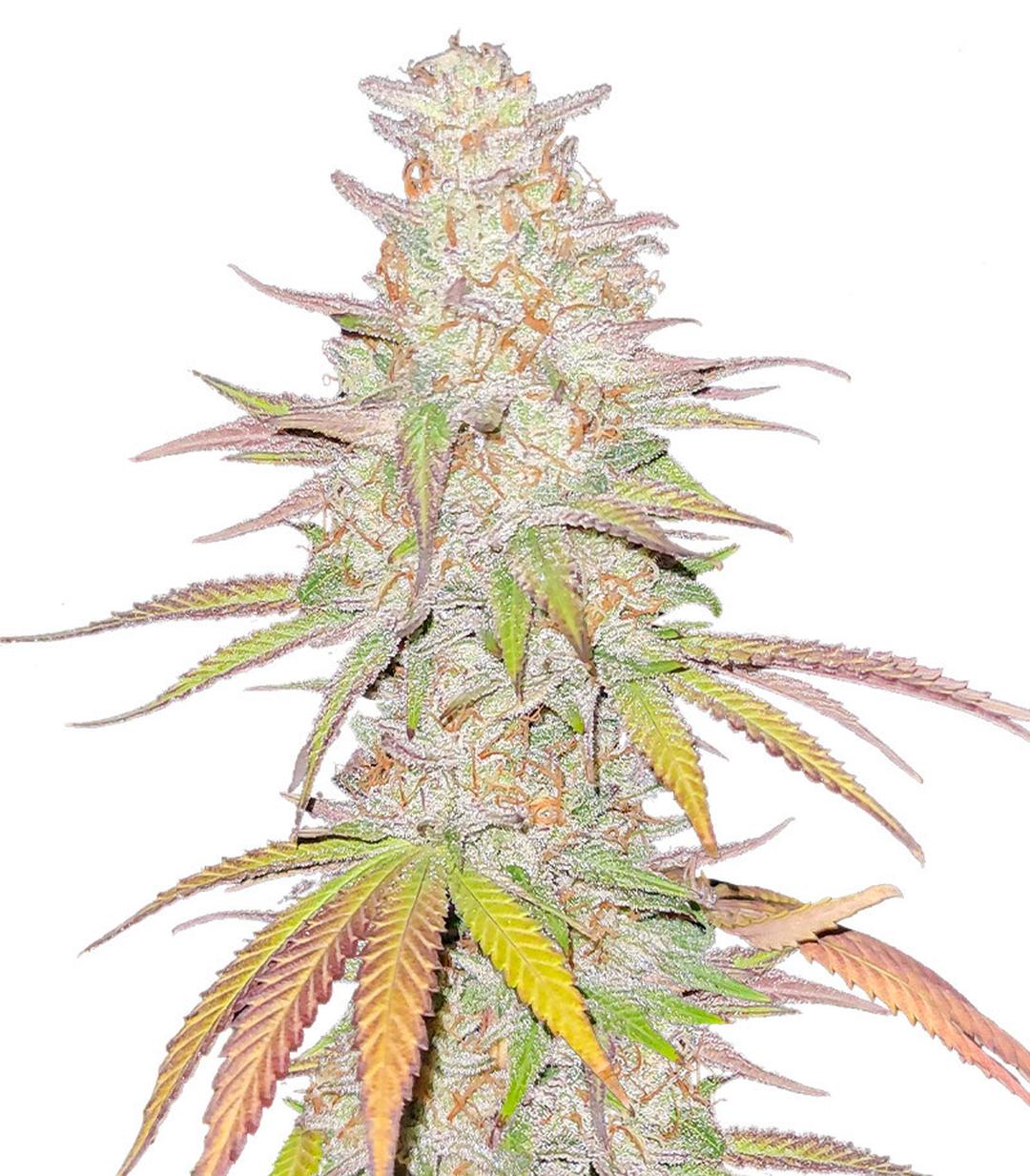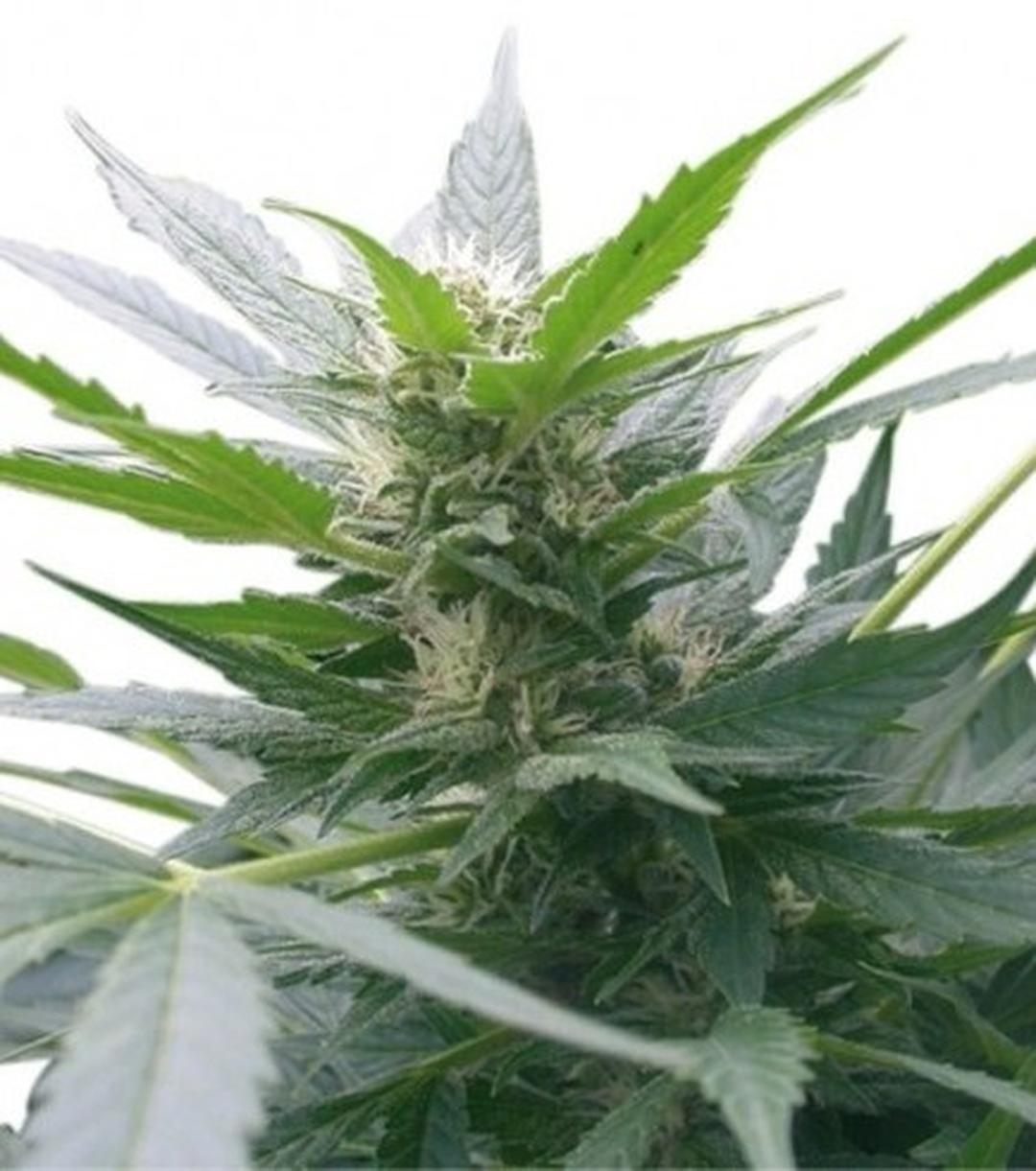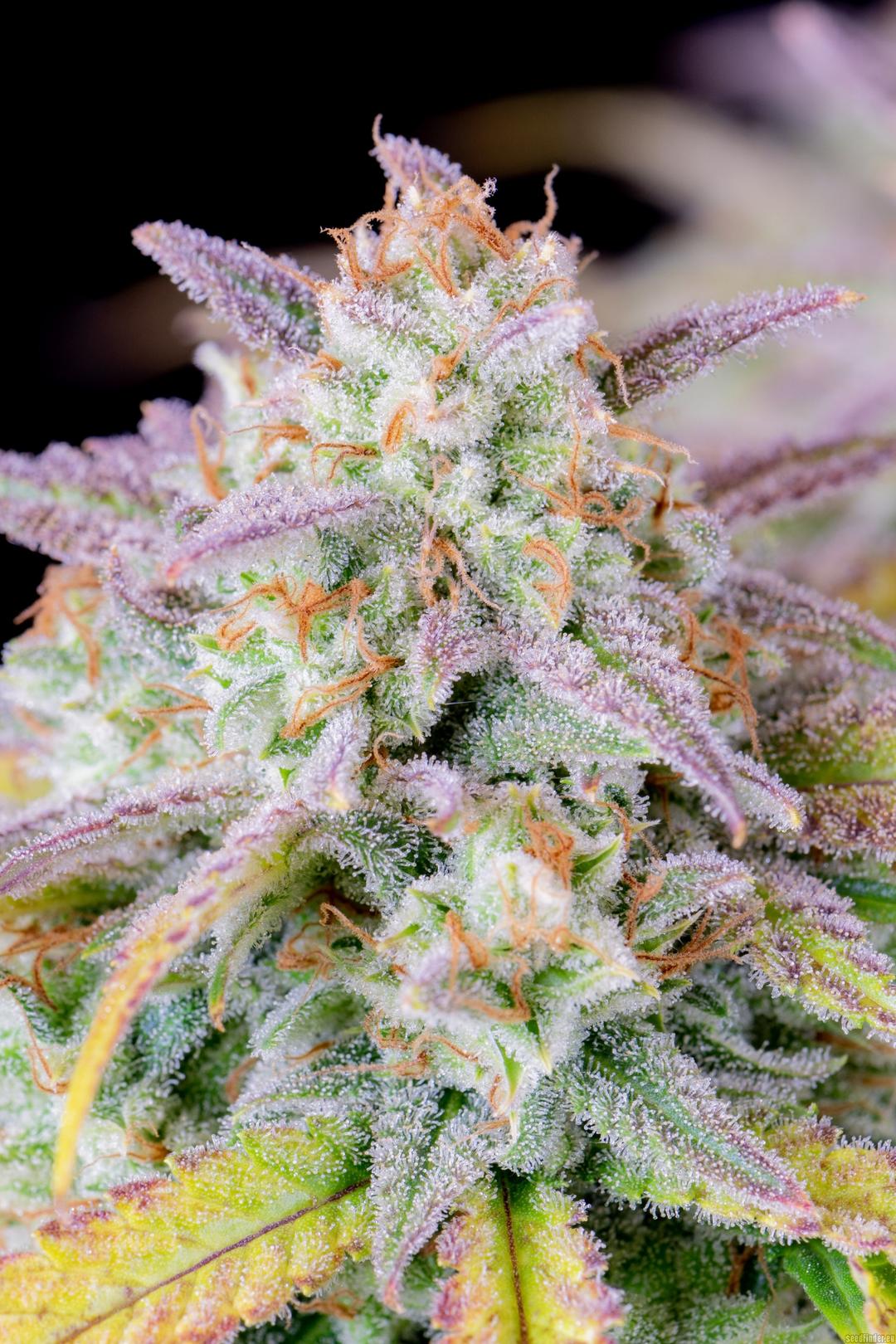Afghan Kush

Afghan Kush
Generally:
Afghan Kush is a pure Indica strain with deep roots in the Hindu Kush mountain range in Afghanistan. This historically significant location is known for producing some of the world's most potent cannabis strains. Afghan Kush impresses with its robustness and adaptability, making it a favorite among growers. This strain is characterized by its pronounced resin production, making it an ideal choice for hashish production.
Effect:
Afghan Kush is known for its strong physical effects, typical of Indica strains. Users report an intense feeling of relaxation, both physically and mentally. This strain is perfect for evening use, as it can help relieve stress and tense muscles and promote deep, restful sleep. Due to its highly sedative properties, users should be careful with dosage to avoid overpowering effects.
Taste/smell:
Afghan Kush has a rich aroma that is earthy and woody, with sweet nuances. Many users appreciate the flavor, which provides a pleasant, slightly spicy experience when consuming the flowers. The aroma of this strain is powerful and can be detected even before consumption; it is often described as a mixture of pine needles and ripe fruit.
THC content:
The THC content of Afghan Kush varies but typically ranges between 17% and 20%. This potency makes it an effective strain for both medicinal and recreational purposes, with users experiencing significant relaxation and pain relief without overpowering psychoactive effects.
Cultivation:
Due to its origins and genetic adaptation, Afghan Kush is a particularly resilient and undemanding plant, suitable for both indoor and outdoor cultivation. Its natural resistance to pests and diseases makes it a good choice for beginners. The flowering time is typically around 7 to 8 weeks, and the plants usually remain short and bushy, making it ideal for limited growing spaces. When properly cultivated, this strain delivers high yields, especially in terms of the amount of resin produced, making it particularly attractive for concentrate production.










